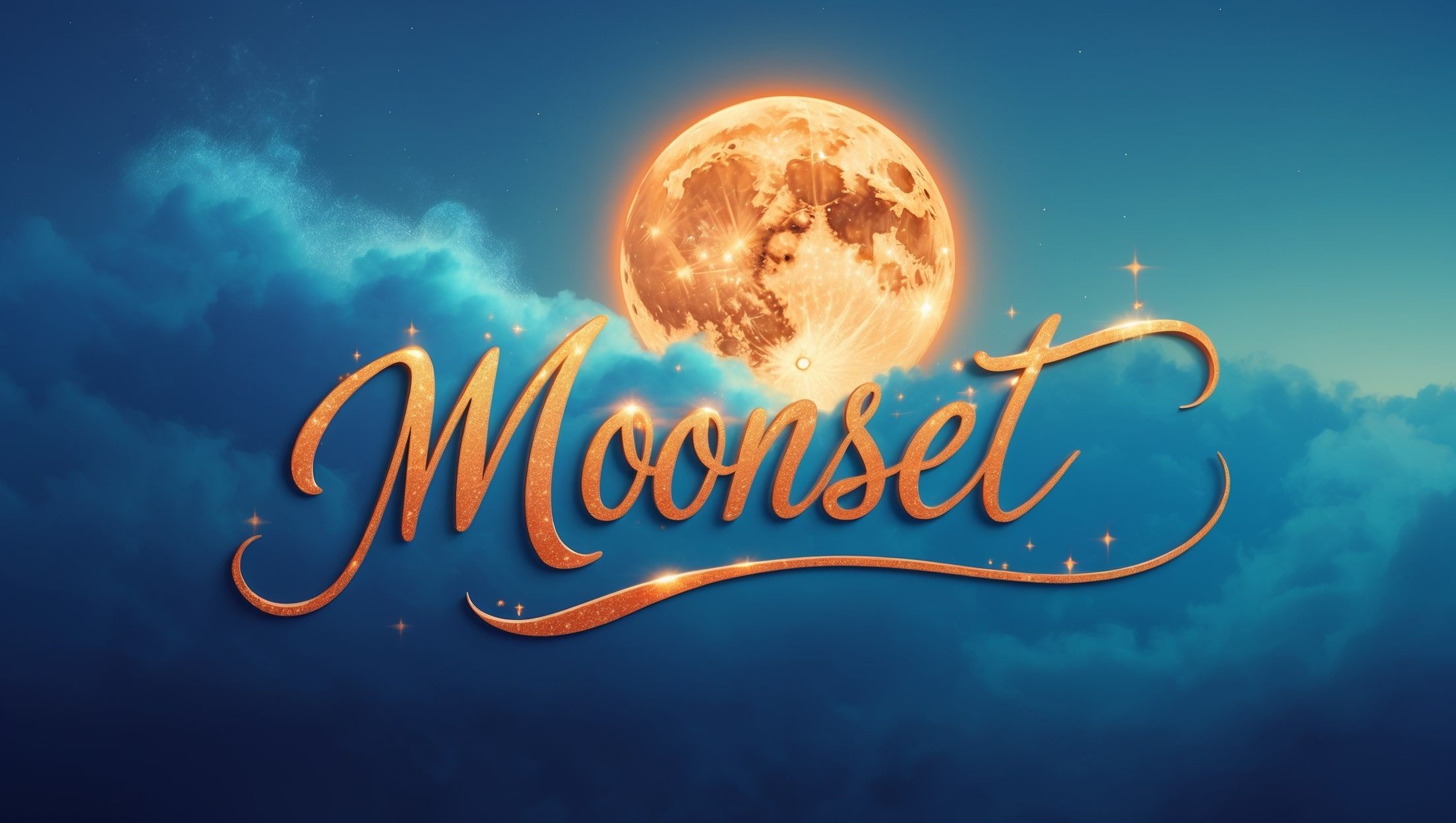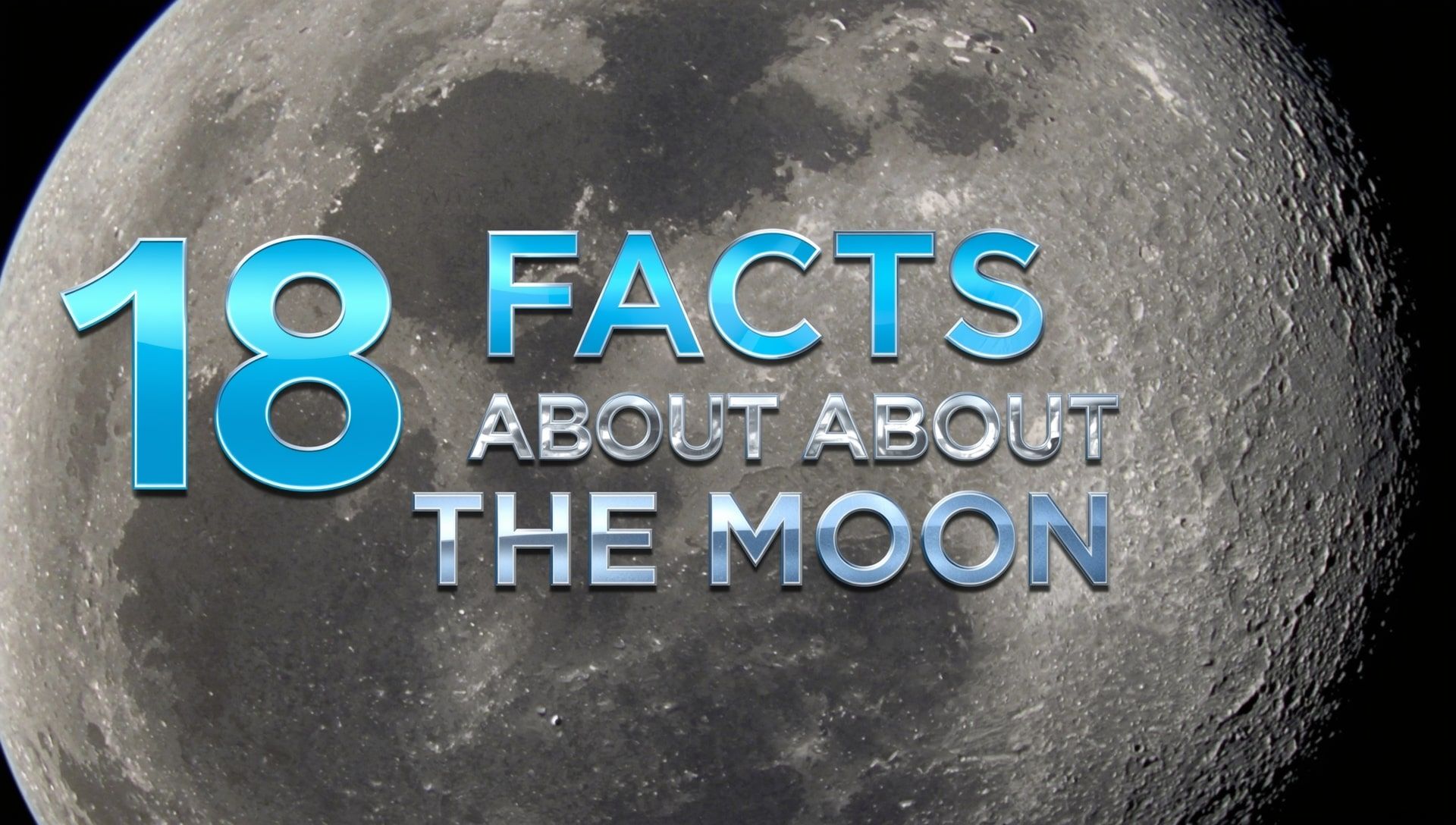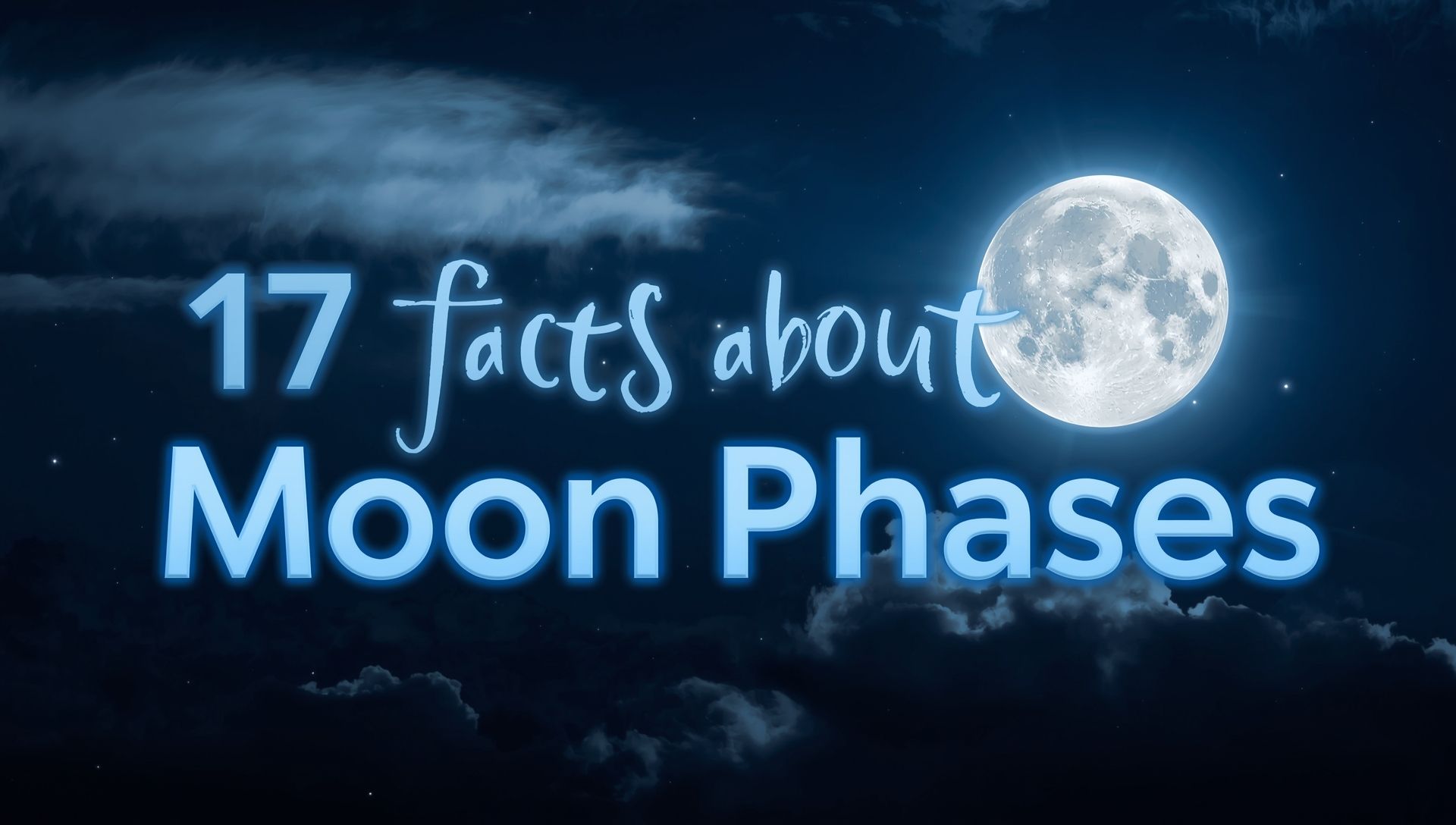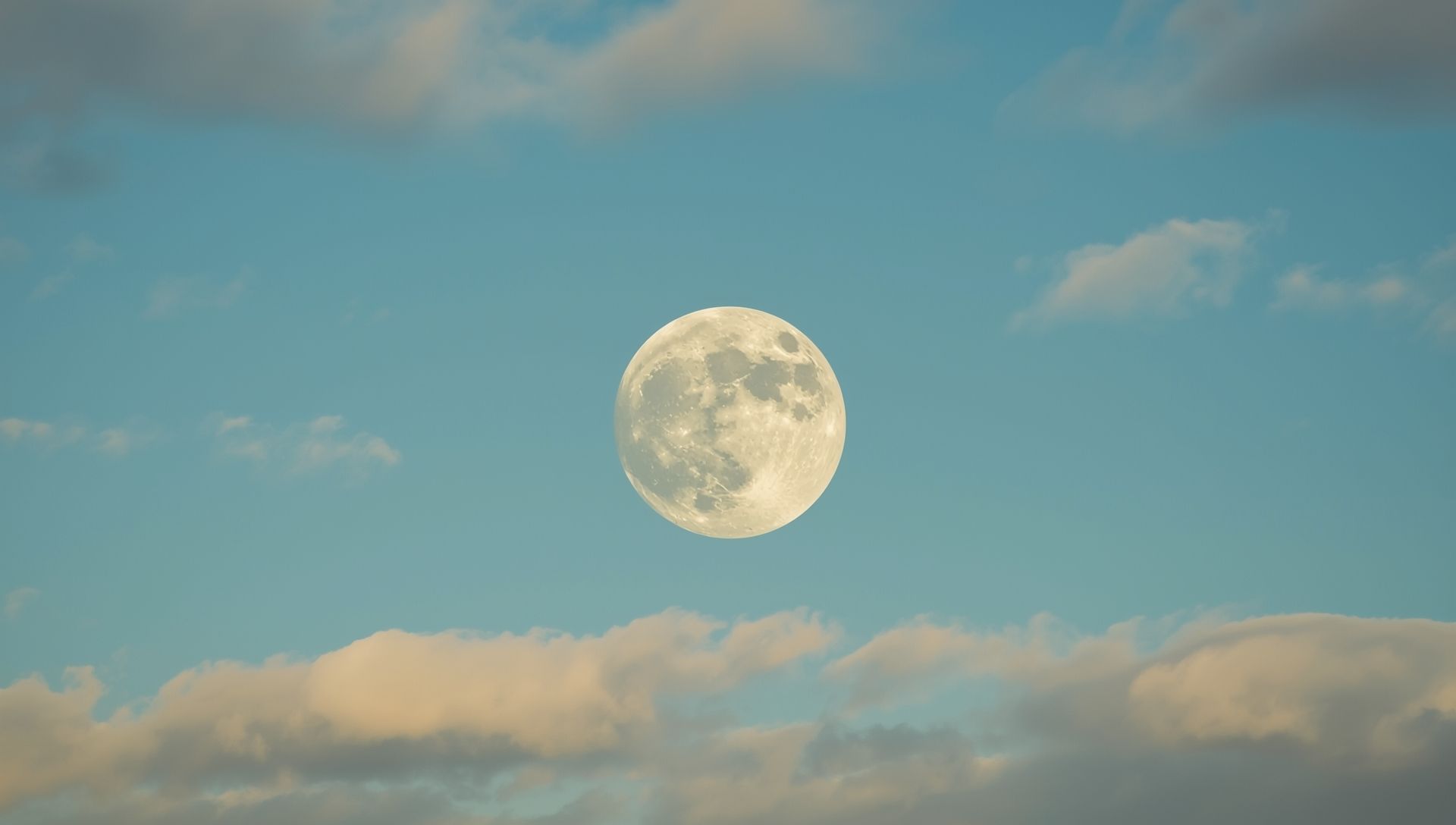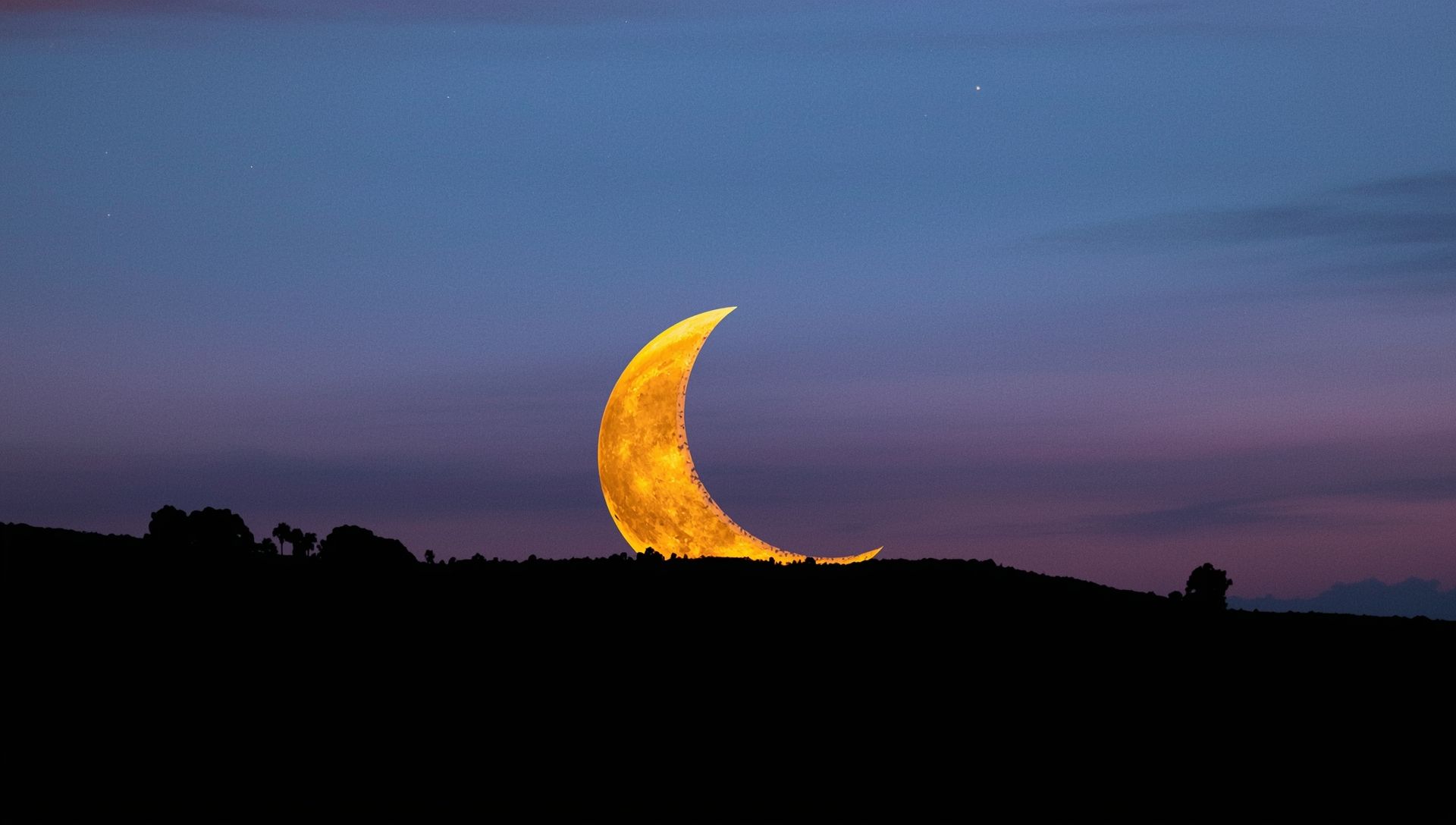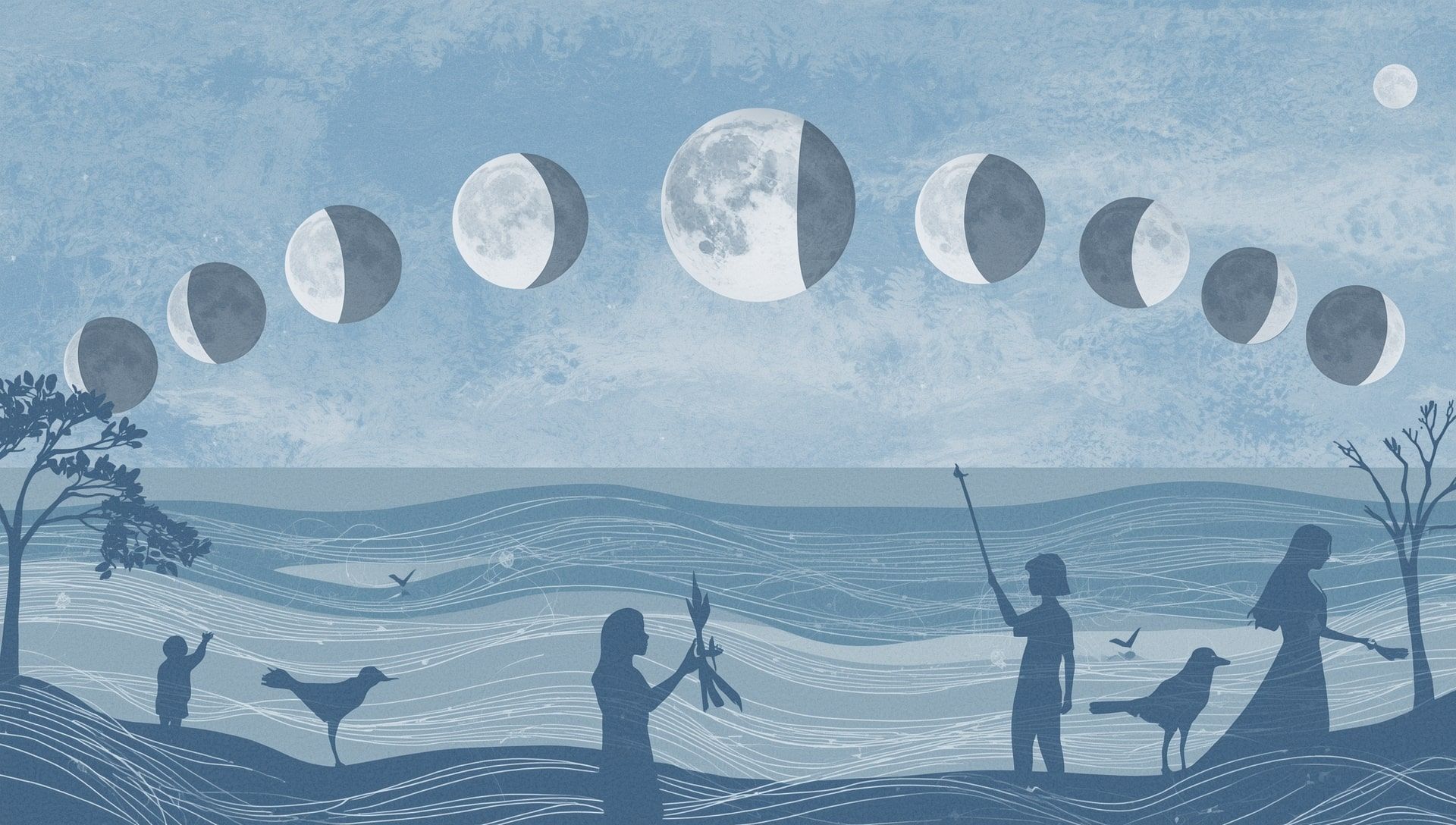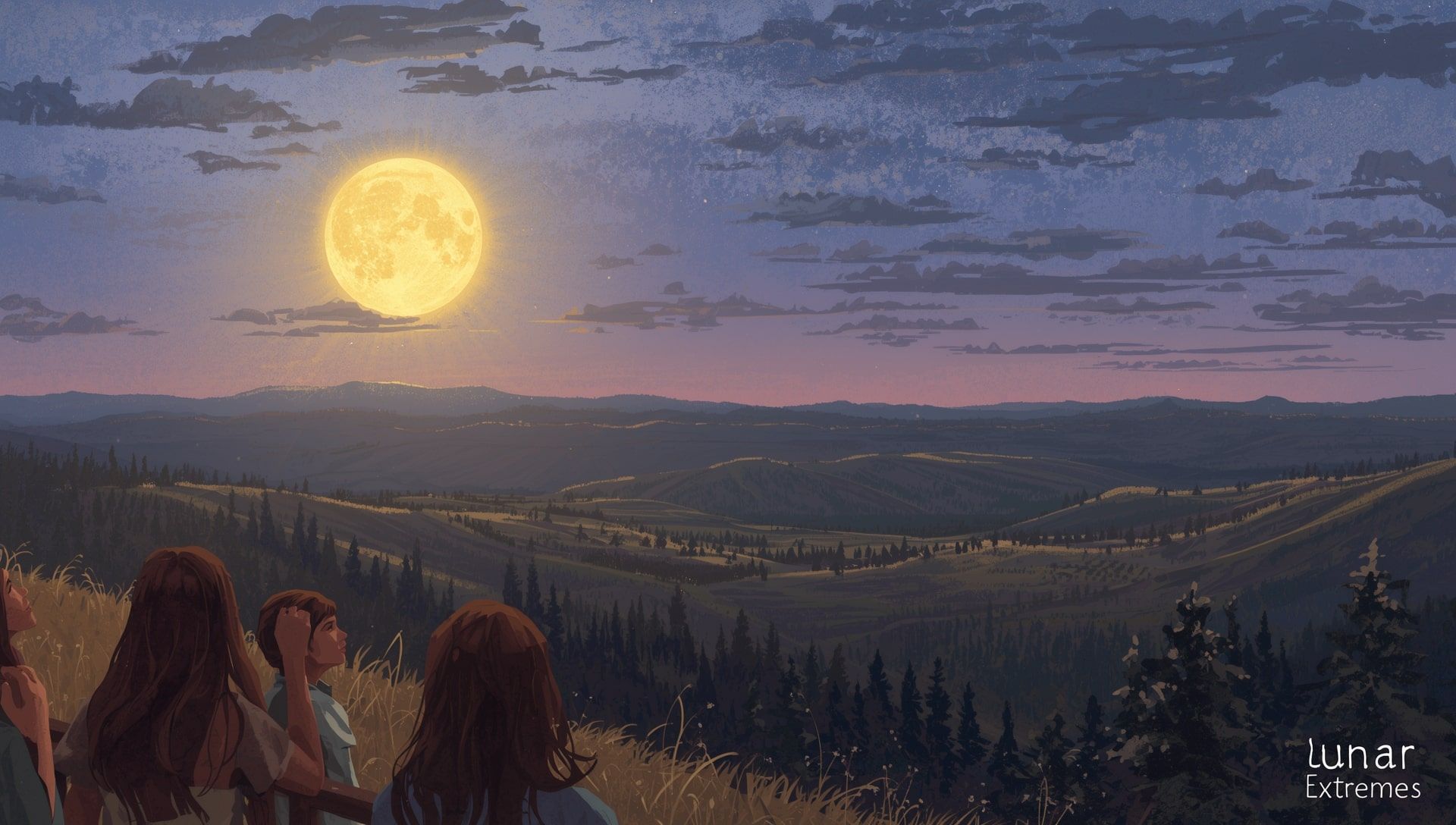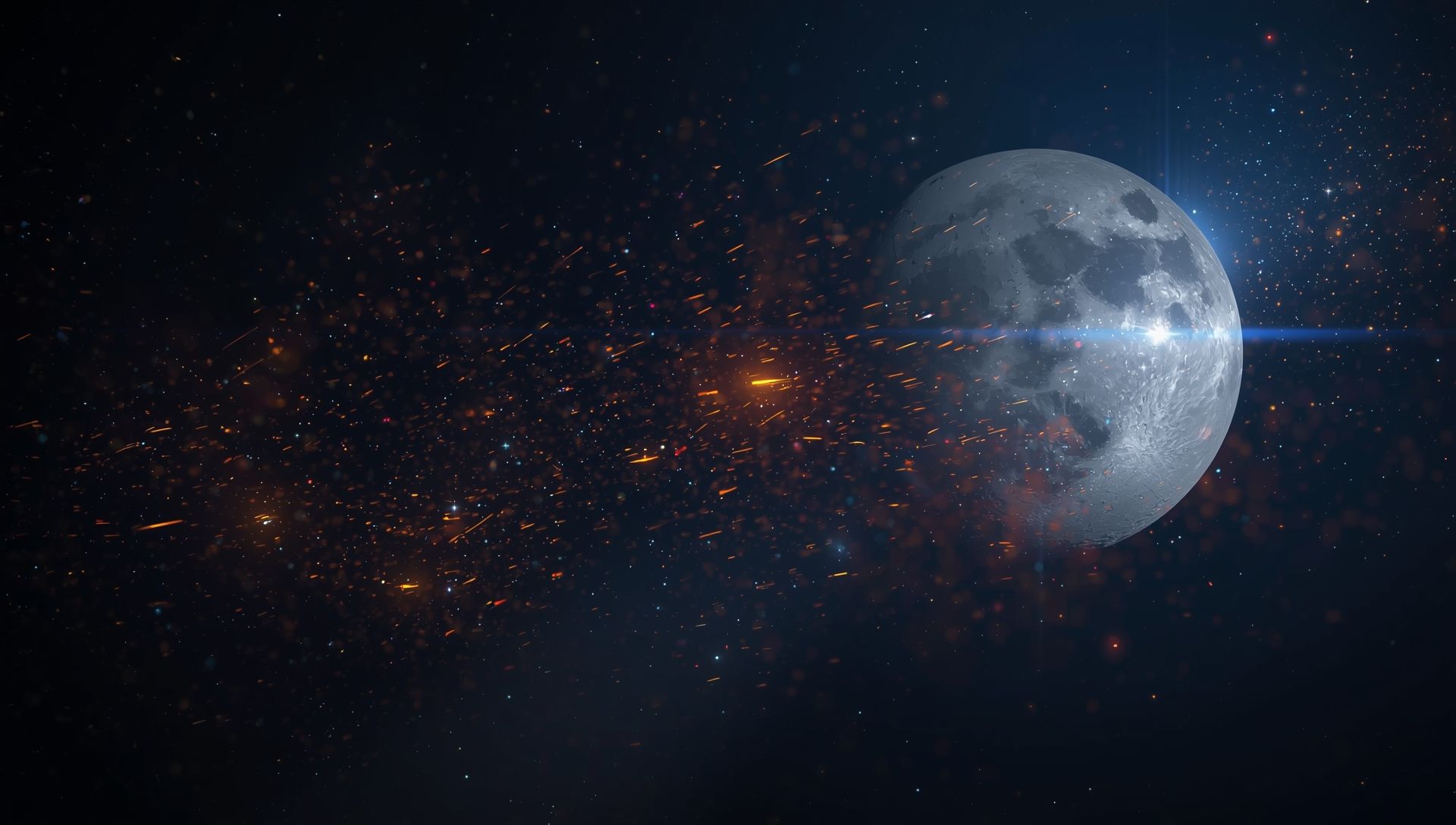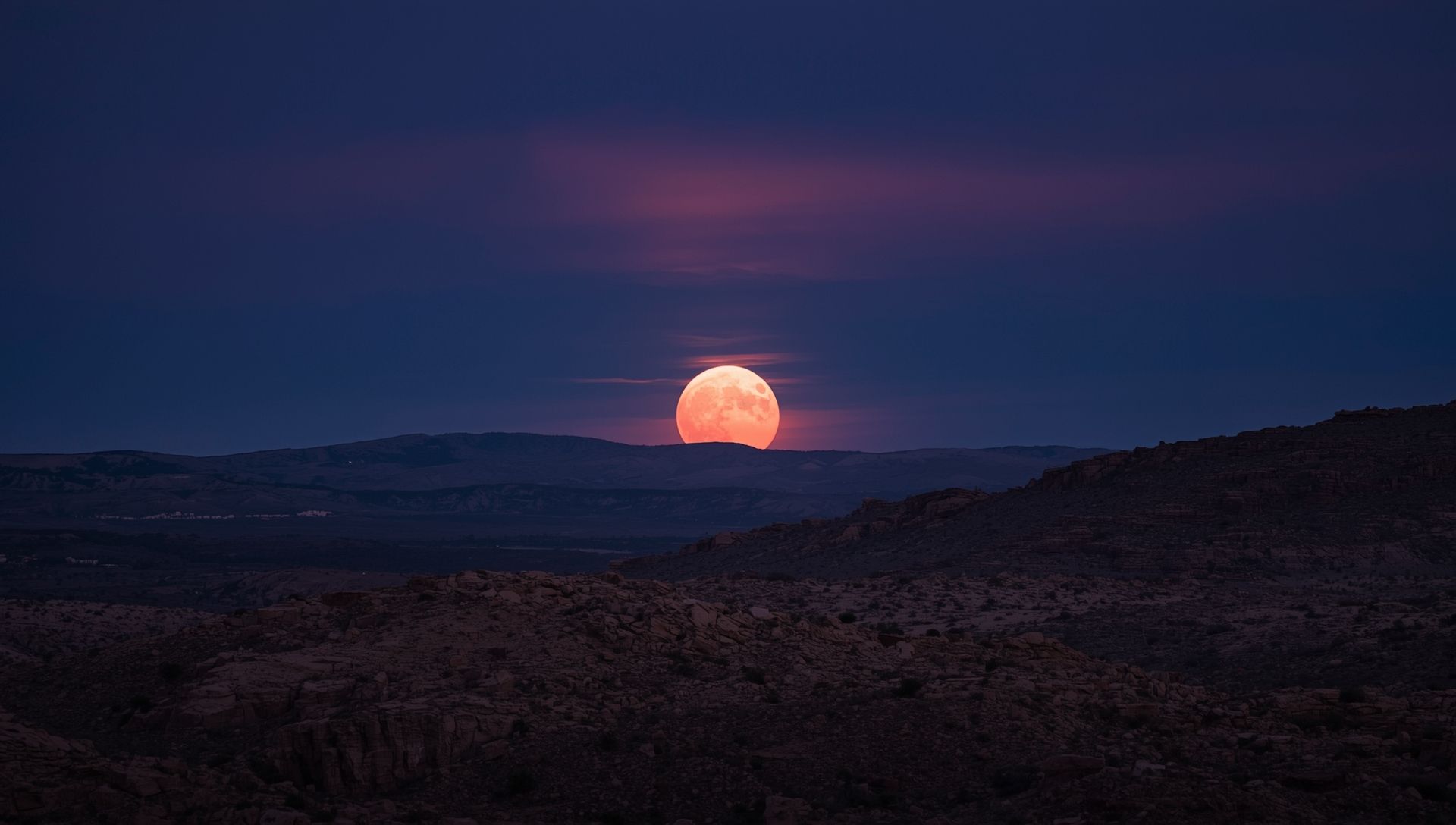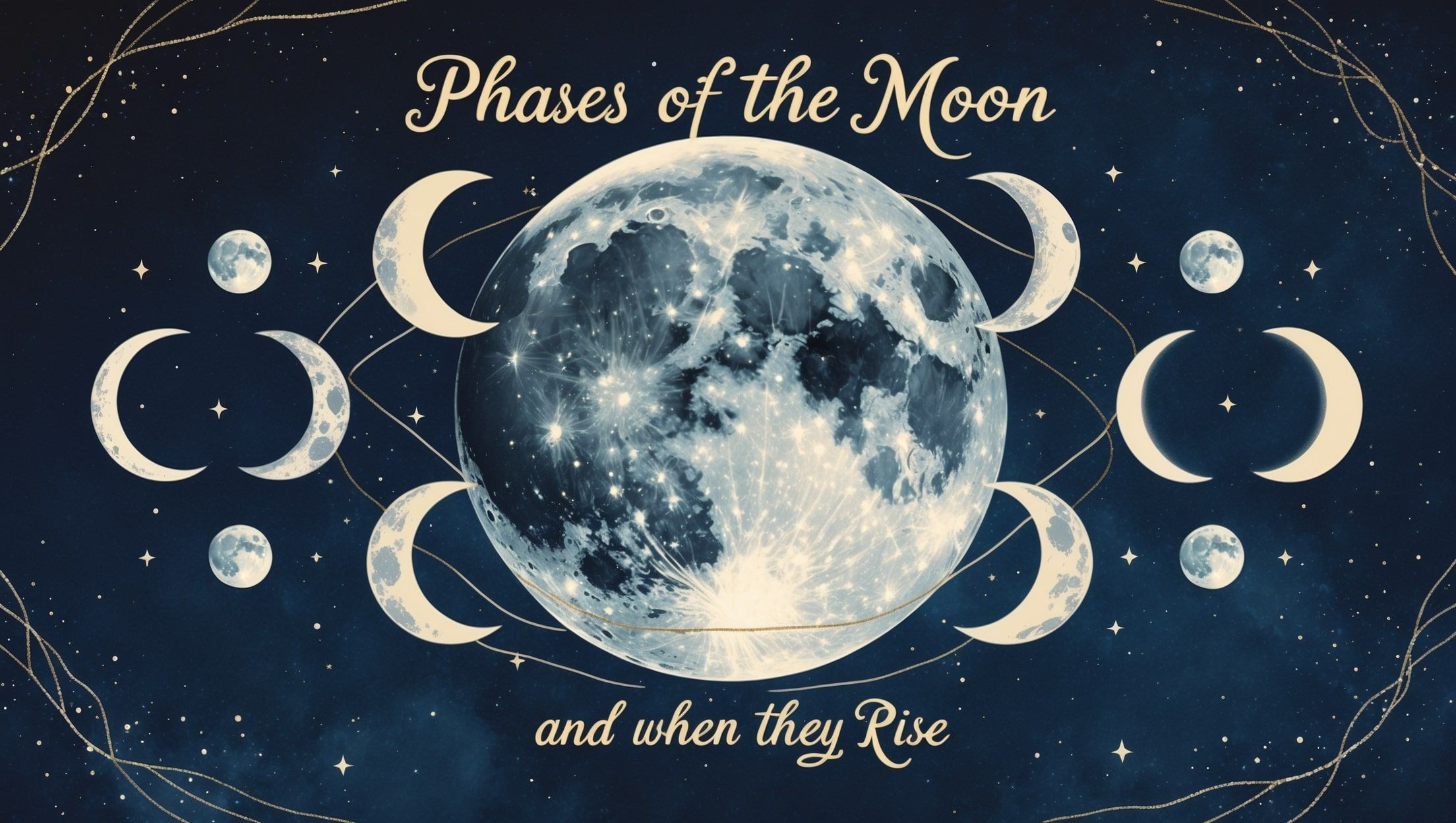You’re out late or up early, and the Moon hangs low on the horizon. Then, just like that, it’s gone. This quiet moment has a name: Moonset. It happens every day, but most people miss it.
How Moonset Works
The Earth spins from west to east. Because of that, the sky appears to move from east to west. That’s why the Moon, like the Sun, rises in the east and sets in the west. When it dips below the western horizon, that’s moonset. You can better understand this by exploring how the Moon’s rising and setting cycles shape our night sky.
Why Moonset Happens at Different Times
The Moon has its own orbit around Earth. It moves a little each day. That means moonset doesn’t happen at the same time each night. In fact, it shifts by about 50 minutes daily. Sometimes it sets before the Sun. Other times, it sets deep into the night or early morning. You can track this easily using a detailed world clock to compare locations.
What Affects How You See It
Several things can shape your moonset view:
- Your location on Earth, which you can explore through this interactive time zone map
- Hills, trees, or buildings near the horizon
- The phase of the Moon, which ties closely to lunar phases and their changes
- Cloud cover or air pollution
- Time of year, which you can check on a local calendar
Watching the Moon Leave the Sky
Moonset doesn’t draw crowds like a solar eclipse, but it’s worth catching. There’s something grounding about watching it disappear, slowly, quietly, without fanfare. It's a gentle reminder that even the sky has a rhythm, one you can follow with tools like the alarm or timer when planning to catch that fleeting moment.
